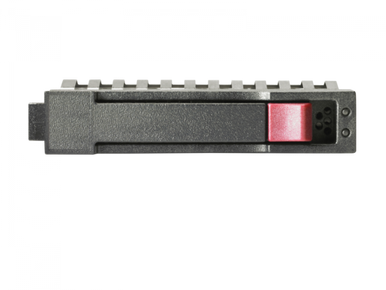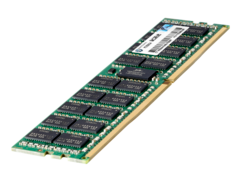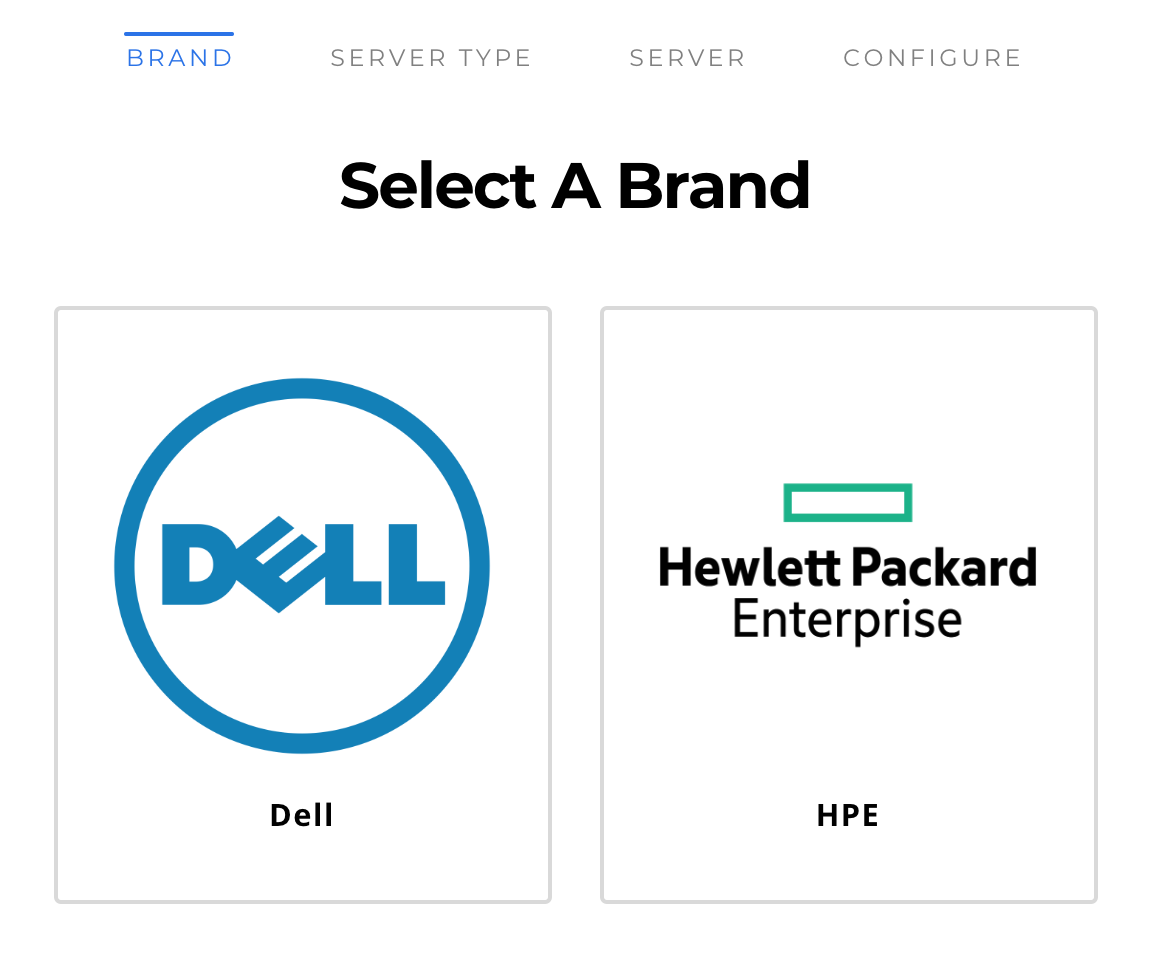How to Buy a Server 101
Buying a server doesn't have to be a difficult task these days. There are many server configurator tools out there that can walk you through your choosing a chassis and components, but they're all missing a crucial element: they're made for people who already know what they're looking for.
The first step you have to ask yourself when looking for the right server to buy is, "What will we be using it for?" Servers are like shoes. One size certainly does not fit all, and the function of the server will dictate the type you'll want to buy.
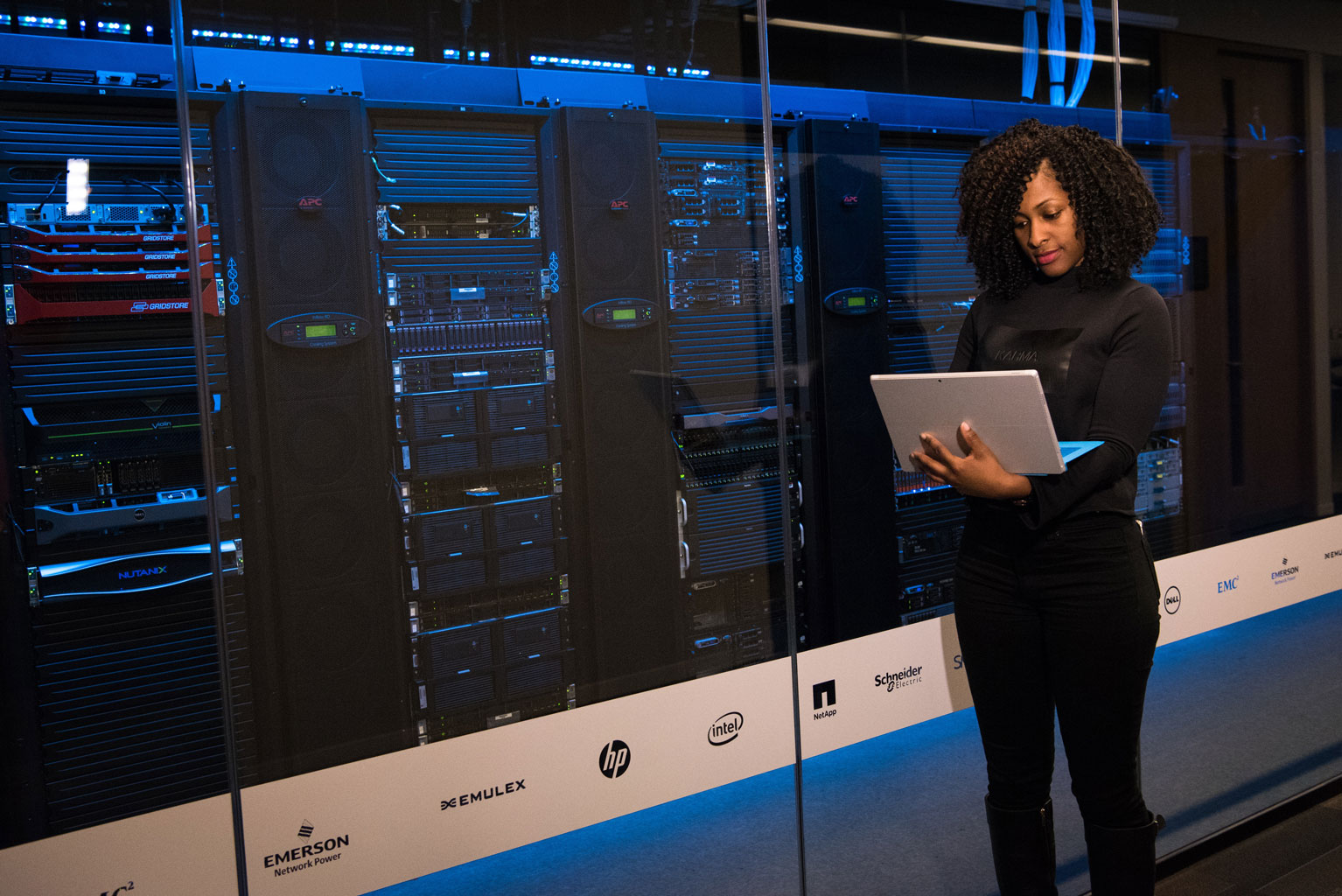
Types of Servers by Use Case
1. User Authentication
The most common type of directory service is Microsoft's Active Directory, which was developed for Windows domain networks. On Microsoft servers, a domain controller (DC) is a server computer or network switch that responds to security authentication requests within a Windows domain and is used for managing Active Directory (AD). A domain is a concept whereby a user can be granted access to computer resources with the use of a single username and password. A domain controller can control things like usernames, passwords, levels of access, and security settings. Having a single set of credentials is very efficient in that you don't need users/employees to keep track of several different logins, and you don't need admins resetting passwords every week!
Here's what to look for when buying a server for domain authentication:
- A server capable of virtualization
- Any 64-bit CPU
- At least 16 GB RAM
2. File Sharing
A Network Attached Storage (NAS) appliance is a type of commodity hardware that includes its own dedicated storage disks and RAID that can easily scale as more capacity is needed. NAS appliances help businesses protect corporate data, enable file-sharing among employees, and add remote connectivity.
Question: Why do I need a NAS appliance if I'm able to store files in the cloud?
The answer depends on the nature of your business. For example, a movie editor would not want to put their files in the cloud for several reasons. The first being it would take a very long time to back up movie files in the cloud. A blue-ray disc is 50GB. Of course this is after scenes have been cut, sounds/music/voice over files have been inserted, and graphics/CGI has been integrated. It would take weeks to back everything up in the cloud.
The second is data security. We hear it all the time, "XYZ cloud company has been hacked and data has been stolen". When the integrity of your data is crucial to your business, you may feel more comfortable with your own file sharing server on-premises. This allows you to control server security and user access/roles more easily.
Here's what to look for when buying a Network Attached Storage appliance:
- Hot-swappable drive bays
- Configurable hardware RAID options
- A low-power CPU should be sufficient
3. Database Services
Database Applications like Oracle, MySQL, and MS SQL all require their own servers. Routine non-user specific tasks like data mining/analysis, archiving, and storage all utilize this server hardware. Separating the database from the application allows for greater security, scalability, and performance.
Here's what to look for when purchasing a server for database services:
- A hard drive rated for fast writes, like the HPE MSA 3.2TB 12G SAS MU 2.5in SSD (N9X92A)
- Depending on the size of the database, 4 to 6 good CPUs.
- 64 GB of RAM
4. E-Mail Services
E-mail servers, like Microsoft Exchange, use specific protocols (SMTP, POP3, IMAP) to send and receive messages between users. Dedicating server hardware to this task is recommend for optimal operation in that it provides addition security if a system is compromised, and it allows for easier scalability.
Security and scalability are crucial in today's age. Ask yourself, "What would happen to my company if we didn't have e-mail for a couple of days?". The answer is probably not pretty!
Here's what to look for when buying an e-mail server:
- Configurable hardware RAID for data protection
- Hot-swappable drive bays
- 4 to 6 good CPU cores. Remember, you'll need a database for all your company e-mails so its important to have an engine strong enough to traverse it.
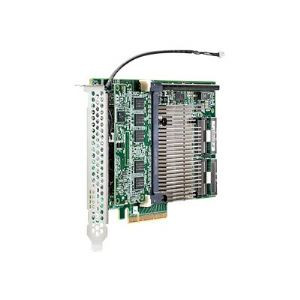
5. Print Services
If your company does a lot of printing you may consider splintering your print services off to another piece of server hardware. A printer server is a device that connects printers to client computers over a network.
It's tasked with accepting print jobs from computers and assigning them to appropriate printers by queuing the jobs locally. This accounts for the fact that work may arrive more quickly than the printer can handle. Buying a server specifically for printer services is beneficial in that you can scale computing density easier and provide greater scalability for times of high demand.
Here's what to look for when buying a print server:
- A low-power CPU
- A form factor with a small footprint, like a tower server.
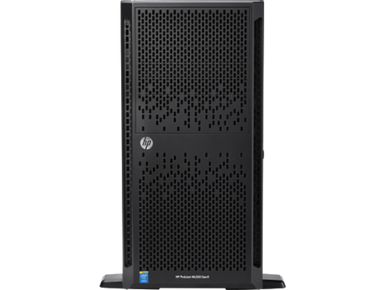
6. Business Critical Applications
When you centralize an application on its own server it improves performance during times of heavy usage, makes applying updates easier, and reduces your total cost of ownership (TCO) for maintaining your productivity tools. An example of a business critical application would be your Enterprise Resource Planner (ERP), Manufacturing apps, Financial apps, or Legacy systems.
Here's what to look for when buying a shared application server:
- Enterprise-grade storage enclosures (SAS hard drives)
- Enterprise-grade ECC RAM
Choosing a Server Form Factor to Fit Your Physical Space
In addition to choosing a server according to the type of work it will do, it's also important to consider the the physical footprint. A computer's form factor is its physical footprint. A form factor is defined as the physical size and shape of a piece of computer hardware.
Server form factors typically come in 3 different types:
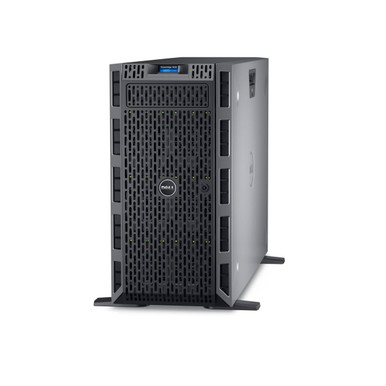
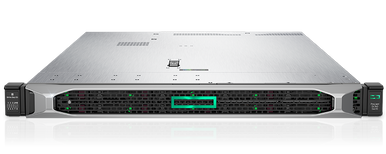
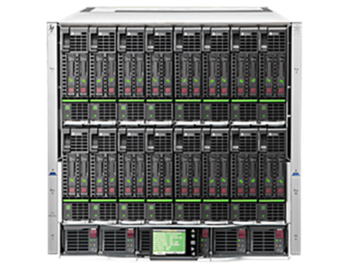
Tower Servers
A tower server resembles a desktop computer in appearance, however a tower server houses server components. Much like a tower desktop, tower servers come in several different shapes and sizes (form factors).
These are good entry level servers because they can offer plenty of processing power and don’t require you to purchase additional mounting hardware. The drawback however, is that they take up more room than a rack or blade server setup once you start adding more of them.
If space is an issue after expanding beyond 3 tower servers, you'd probably be better off buying a rack server.
Rack Servers
Rack servers need to be mounted on a rack chassis. Rack chassis are typically several feet high and can hold multiple racks on top of each other in slots. The size of the slots, and consequently the number of racks you can fit into a chassis is dependent on the rack form factor.
Rack mount servers can be 1U, 2U, 3U, 4U, 5U, 6U, and 7U form factor -- the 'u' meaning 'unit'. 1U is the smallest rack mount and 7U is the biggest rack mount.
While the height and width of a rack mount may be standard, the depth of a rack mount can be customized. If your rack mount server is going to be placed in a small physical footprint, it's best to verify what the exact dimensions are with the manufacturer.
Industry standard rack mount server dimensions:
| 1U | 2U | 3U | 4U | 5U |
|---|---|---|---|---|
| 19" x 1.75" x 17.7" | 19" x 3.5" x 17.7" | 17.1" x 5.1" x 25.5" | 19" x 7" x 17.8" | 19" x 8.34" x 19.67" |
| 19" x 1.75" x 19.7" | 19" x 3.5" x 20.9" | 19" x 7" x 26.4" | 19.1" x 8.75" x 26.4" | |
| 19" x 1.75" x 21.5" | 19" x 3.5" x 24" |
The most common rack mount server form factors are 1U, 2U, and 5U. Our website, Fornida.com, has a server configurator tool that you can use to customize 1U rack mount servers like the HPE Proliant DL360 Gen9 CTO Server and the new HPE Proliant DL360 Gen10 CTO Server.
Our server configurator tool can also customize common 2U servers, like the new HPE Proliant DL380 Gen10 CTO Server.
Blade Servers
While blade servers are more space-efficient than rack mount servers, they are similar in that they require a chassis to be installed. Properly cooling an array of blade servers can be a bit challenging, so it might be better to move to a rack mount server if cost is a constraining factor.
The HPE Proliant BL460C Gen9 CTO Server is a good blade server by Hewlett Packard Enterprise. It provides the flexibility to optimize your core IT applications with right-sized storage for the right workload for an overall lower TCO.
Conclusion
Hopefully the thought of buying a server isn't as scary now that you know how to think and what to look for. We've got a great server configurator tool that can simplify the buying process even further. If you have any further questions, we have a team of engineers on hand and ready to share their expertise. Just click the live chat bubble in the lower right hand corner of your browser to initiate contact.




